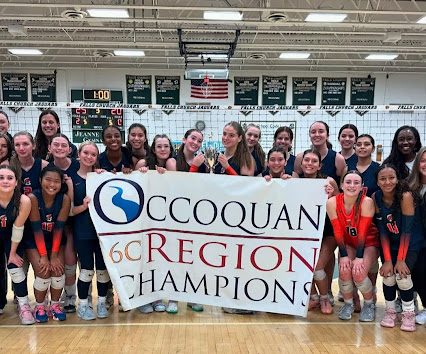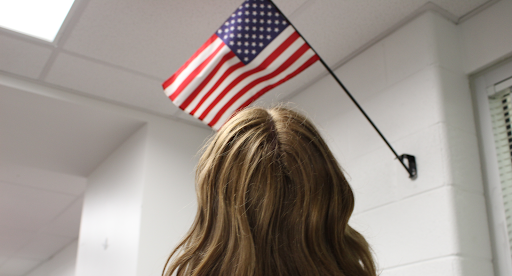For three teachers, instructing two classes at once is now just another day on the job. Foreign language classes are now combining in an effort to make classes available to as many students as possible.
For years, the Latin, Japanese, and French teachers have had to combine classes because of insufficient enrollment. The Japanese 5 class, for example, has only seven students, so it has been combined with Japanese 4 in order for the school to still offer it as an option for students who have reached a high enough level to be eligible.
“It’s better than not having a Japanese 5, given that option. But having two classes meeting simultaneously is not as good as each of them having their own time. It’s not my ideal,” said Japanese teacher, “Sensei” Karen Tripp.
Tripp, in an effort to give the two classes as much attention as possible, gives one group a project or review activity while she turns her attention to instructing the other group, then switch back and forth. Unfortunately, such a system is inevitably inferior, since neither group gets all of the teacher’s time.
“Sometimes more time is spent on one class than the other and the other class feels neglected. We definitely learn things slower,” said senior Meagan Delaney, a Japanese 5 student who is dealing with her class mixing with Japanese 4 this year. “The teacher is really stretched thin because she has to teach two classes.”
Latin teacher Whitney Slough, who teaches Latin 3 and AP Latin in the same period, faces the situation with optimism for the future. For the first time, there are two Latin 1 classes, so she hopes that over the years the program will grow to the point that there are enough students enrolled for full classes. But until then, both students and teachers need to be patient with the disjointed classroom.
“It’s a headache to keep track of them and give them my undivided attention. It would definitely make my life easier and it would give the students a better education if we could split them up,” said Slough.
The combined class is necessary because not enough people were previously in the program to fill the two most advanced classes. With two beginner classes, an abnormally large number of students for the Latin program, she hopes to push them through the Latin program so they will fill the advanced classes.
But for French teacher Joelle Torreele, who teaches French 5 and AP French in the same period, it is a different situation. The two groups of students can be compared to a regular class and an honors class: although one is more advanced than the other, they are covering the same material so can be taught together as a class.
“French 5 and AP [French] are the best and logical combination because we can teach at the same level. They are arriving from the same foundation, so it makes it possible to have common activities,” said Torreele.
The AP level mixed with French 5 is no problem since they come from the same French 4 classes. Both classes still take the same PALS Writing and Speaking exams. The main difference is that, after the middle of the second quarter, AP students begin having more homework and more difficult in-class assignments, improving their language structure and vocabulary so that they are adequately prepared by the time the AP French exam rolls around in June.
“They become separate groups more and more as we go through the year. It happens to be an excellent group. I feel very fortunate. In spite of the fact that no one wants a combined class, the kids make it worth it,” said Torreele.






